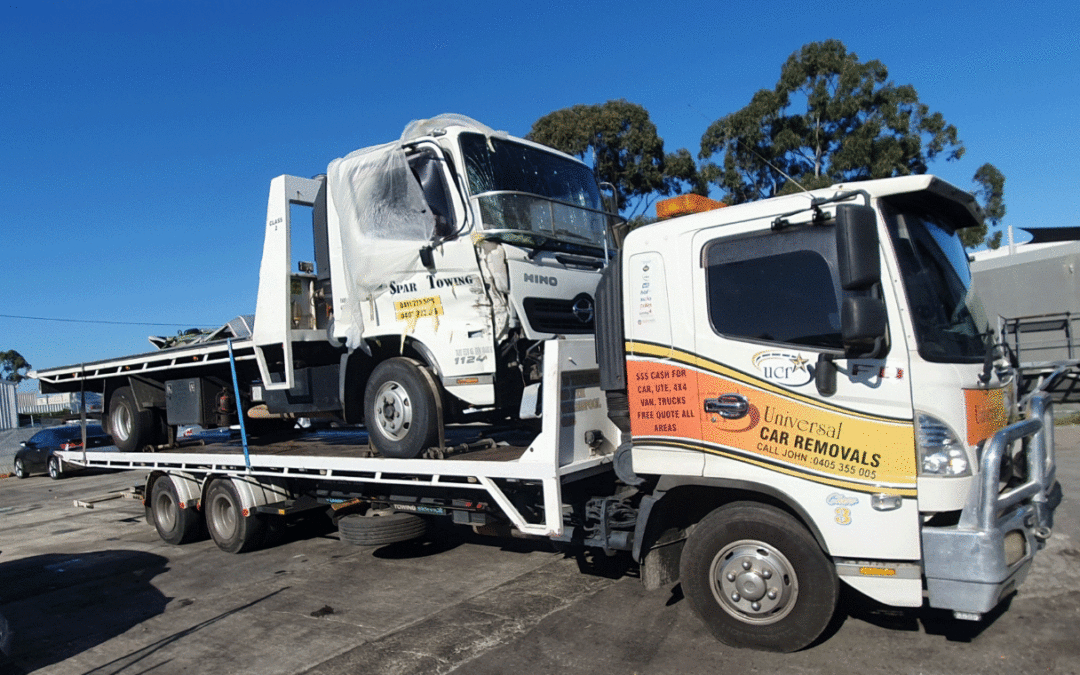The history of tow trucks in Perth, Australia can be traced back to the early 20th century. As automobiles became more common, the need for a way to move disabled or wrecked vehicles grew. In the early days, this was typically done using horses or other manual methods.
The first tow trucks in Perth were likely operated by local garages or car dealerships, who would use them to retrieve broken down or damaged vehicles. These early tow trucks were often simple flatbeds with a winch or crane to pull the vehicle onto the bed.
As the popularity of automobiles grew and the number of vehicles on the road increased, the need for professional towing services also grew. In the 1920s and 1930s, a number of towing companies began to emerge in Perth, offering towing services to both private and commercial customers.
One of the first major towing companies in Perth was A.A. Baxter & Sons, which was established in the early 1930s. The company quickly gained a reputation for its reliable and efficient towing services, and became one of the largest towing companies in the city.
During World War II, the demand for towing services in Perth increased significantly, as military vehicles and equipment needed to be transported around the city. Many towing companies expanded their fleets during this time, and some even began to offer other services such as crane hire and heavy haulage.
In the post-war years, the towing industry in Perth continued to grow and evolve. New technologies and equipment were developed, such as hydraulic lifts and dollies, which made it easier to tow a wider range of vehicles. The introduction of the motorway system in the 1960s also created new opportunities for towing companies, as they were often called upon to clear accidents and breakdowns on the busy highways.
Today, the towing industry in Perth is a thriving and competitive market, with a number of professional towing companies offering a wide range of services. From simple roadside assistance to heavy haulage and recovery operations, tow trucks have become an essential part of the city’s transportation infrastructure, helping to keep the roads safe and clear for all motorists.
